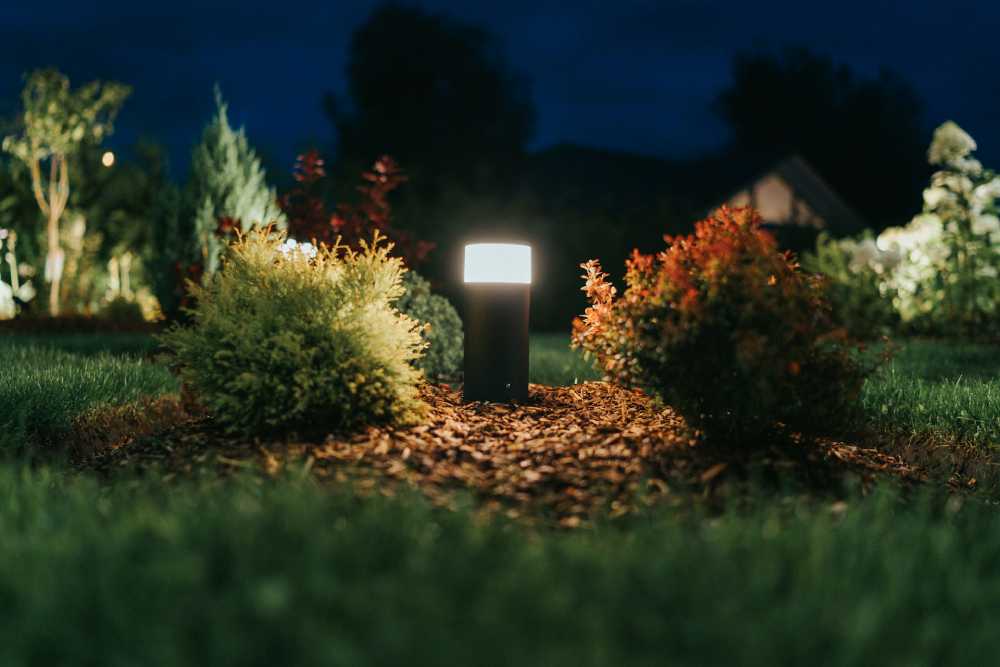
Maximizing Small Outdoor Spaces With Landscape Design Tips and Lighting Tricks
Small outdoor spaces can be transformed into aesthetically pleasing and functional retreats that allow you to entertain or relax comfortably. You can maximize your area and create a gorgeous oasis in your backyard with the appropriate landscape design ideas.
Begin your planning process by determining how you plan to use the space. Identifying zones and prioritizing needs over wants will help you maximize the potential of your compact outdoor area.
Utilize Vertical Space
Many people believe they must have a large yard to enjoy the outdoors, but that isn’t always true. Often, small outdoor spaces like courtyards, alleyways, and rooftops can be transformed into a livable and beautiful garden.
Adding vertical elements to your landscape design creates depth and interest in any space. Planting trees and shrubs in raised beds or incorporating trellises is one way to add height to your landscape.
Another option is to use vines, like ivy or grapes, to add vertical structure to your garden. You can also add visual intrigue by using hanging baskets or vertical gardens to grow vegetables, flowers, and herbs. Lastly, lighting is an essential element of any landscape design and can enhance your space by creating ambiance, delineating areas, and highlighting focal points.
Utilize Lighting
Whether it’s to highlight focal points, highlight plants, or create a relaxing ambiance, proper landscape lighting can do wonders in your outdoor space. For example, if you want to draw attention to an element such as a pond or waterfall, use a spotlight at the bottom of the feature. This highlights the water while casting a dark shadow, showcasing the feature’s shape.
If you want to illuminate a rock wall or other hardscape, use wide-beam lighting. This floods the area with light and highlights even the most minor details while reducing the harsh shadows often caused by narrow-beam lighting.
Utilize Multi-Function Furniture
Streamlining your color palette and choosing multitasking furniture can make a small outdoor space feel more extensive and more cohesive. Consider furniture with thin frames that open up your space and pieces like a bench or storage ottoman that doubles as seating or a place to stow blankets and pillows.
Adding a water feature is another way to bring in natural elements and create a peaceful ambiance in your backyard retreat. Choose from options like a koi pond, fountain, waterfall, or something similar to add tranquility to your outdoor living areas.
A fire pit also adds warmth and ambiance to your outdoor space. If you don’t have room for a complete fire pit, consider tabletop options that give you the same cozy ambiance.
Create Separate Zones
If you have a specific purpose for the landscape in mind, create separate zones to serve that particular use. This makes the space more focused and visually appealing as it serves your needs.
Creating distinct separation between your turf and garden spaces helps avoid a messy, overcrowded look in small yards. Framing your lawn with garden edging or barriers will also help.
Similarly, consider ways to provide seating in nooks and crannies throughout the landscape away from walkways but still easy to access. This will make the landscape more usable at night as well. Adding a low hedge helps to create privacy and enclose seating areas while offering visual interest
. Adding herbs that repel pesky flies, mosquitoes, and other insects makes a great addition to seating areas. The plants will grow to their mature size while keeping the seating area shady and bug-free.
Incorporate Multi-Focal Points
A focal point is an essential part of landscape design because it grabs your guests’ attention and directs their gaze to specific sections of the yard. The suitable landscape focal point can add a sense of symmetry and order to your outdoor space or create a bold statement that introduces an element of whimsy or elegance.
A focal point can be anything from a huge tree or shrub to an eye-catching monument or distinctive water element. The best ones are in keeping with your landscape style, and they can complement the colors and textures of your plants.
Lighting is a great way to highlight a focal point and draw your guests’ attention to specific areas of the garden. However, you’ll want to choose light fixtures that minimize glare and are sensitive to the different seasons.
